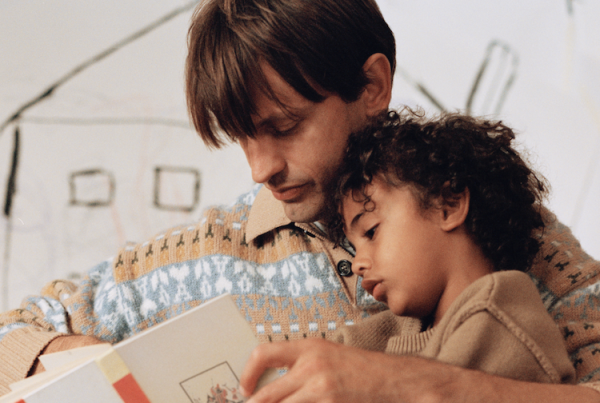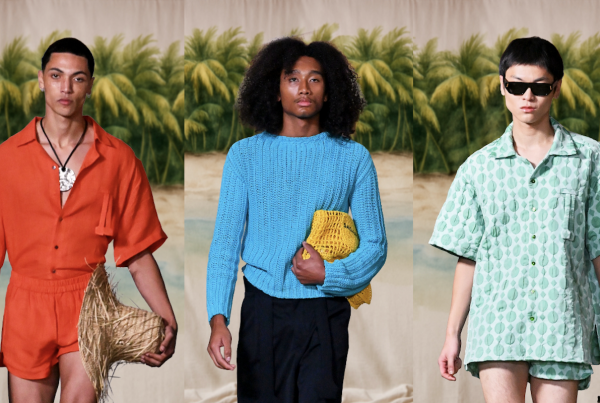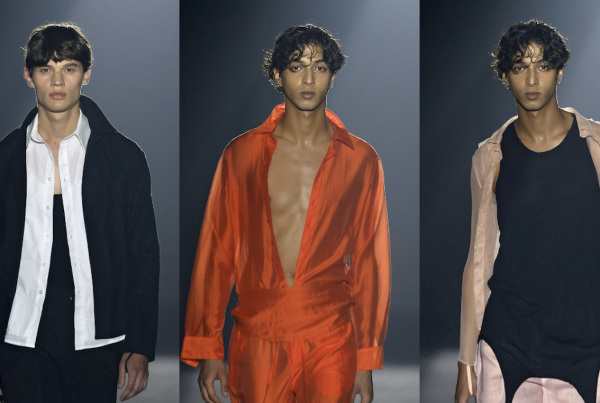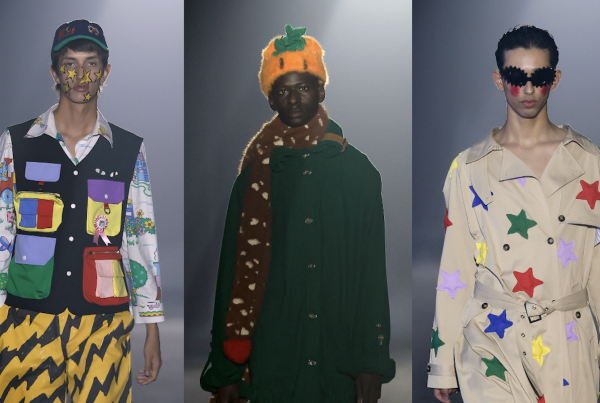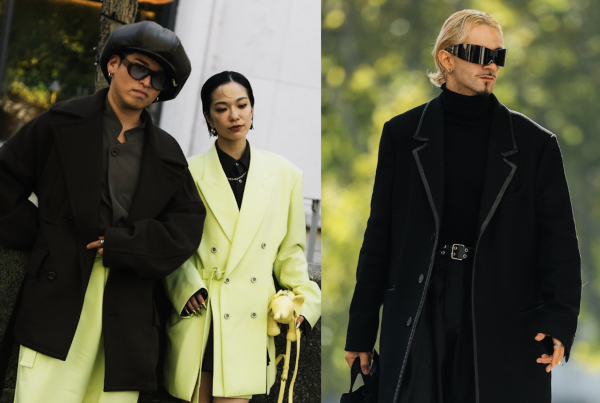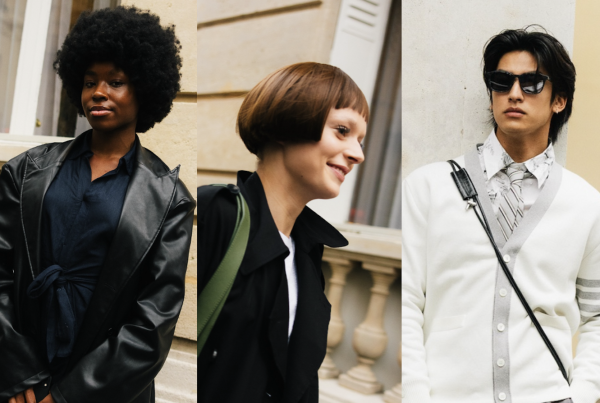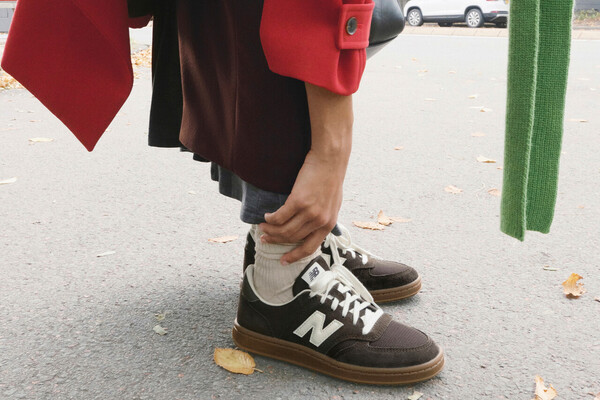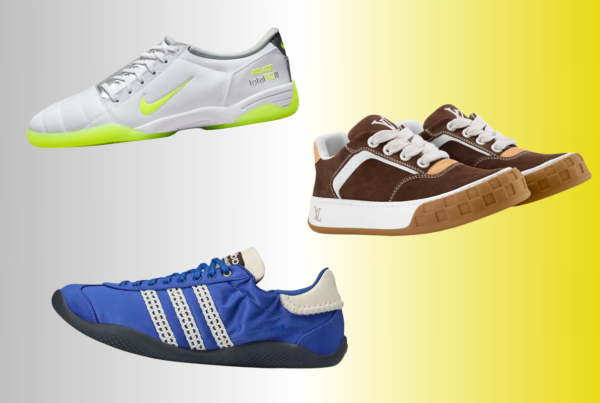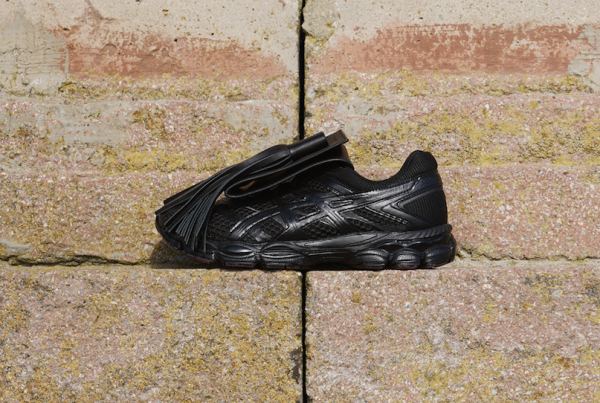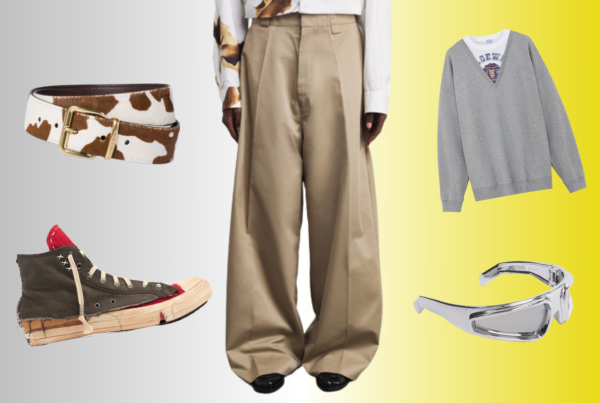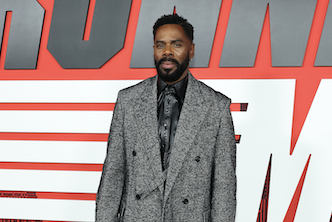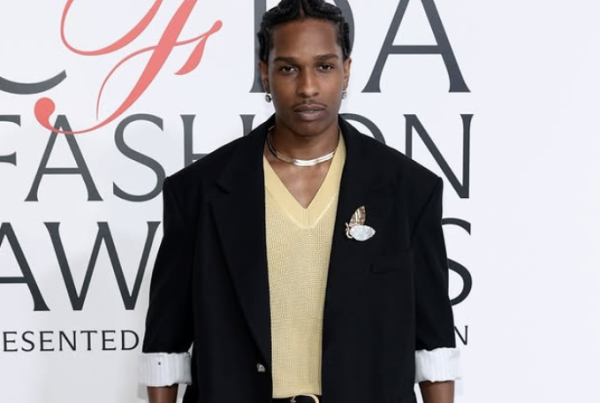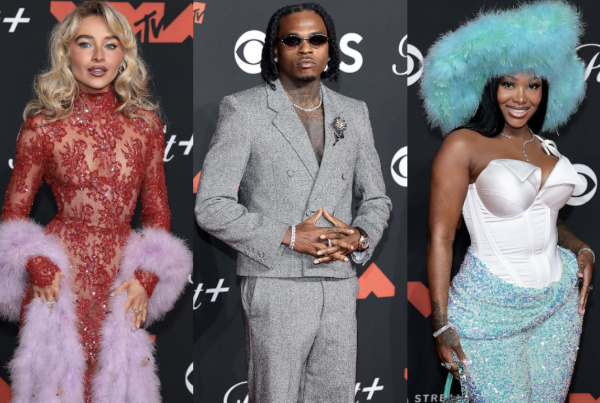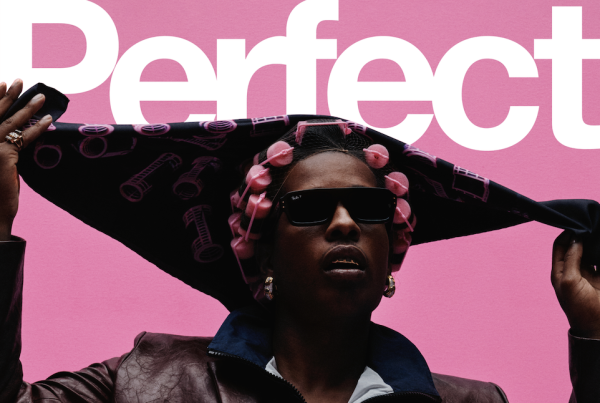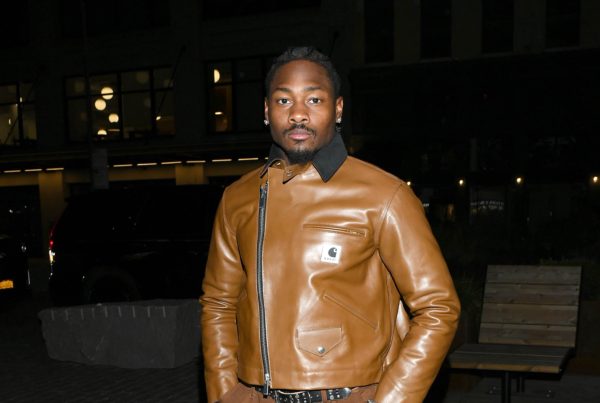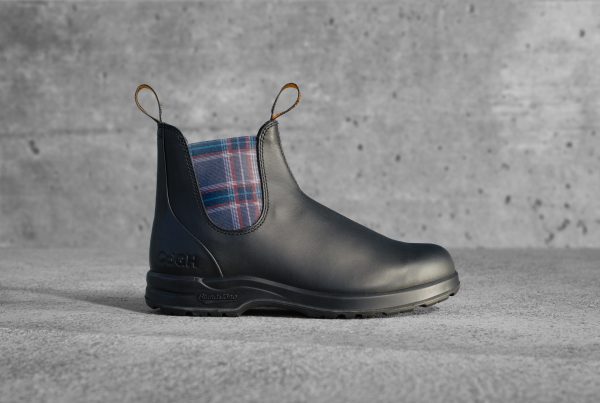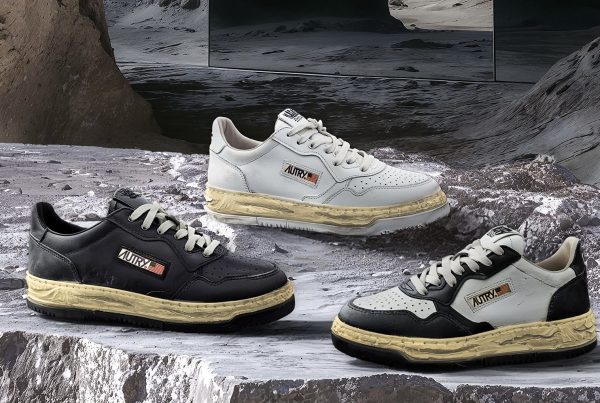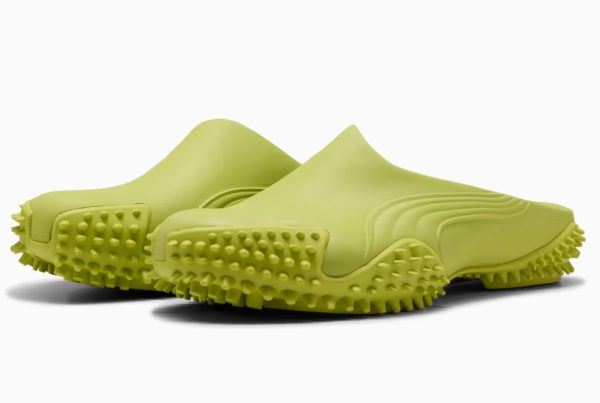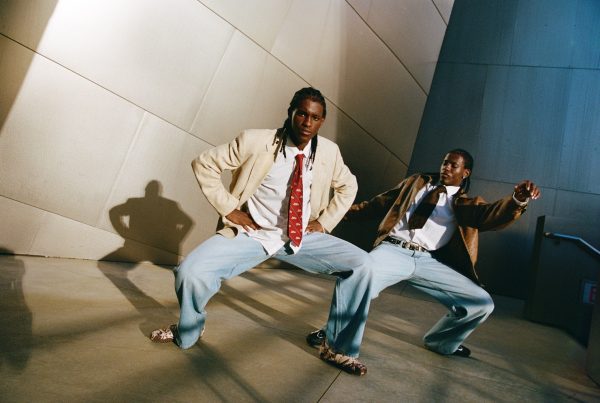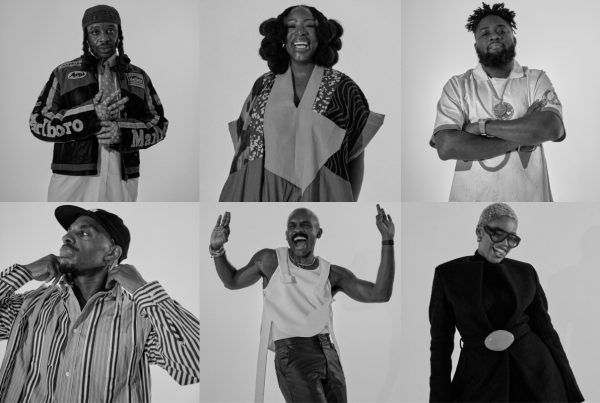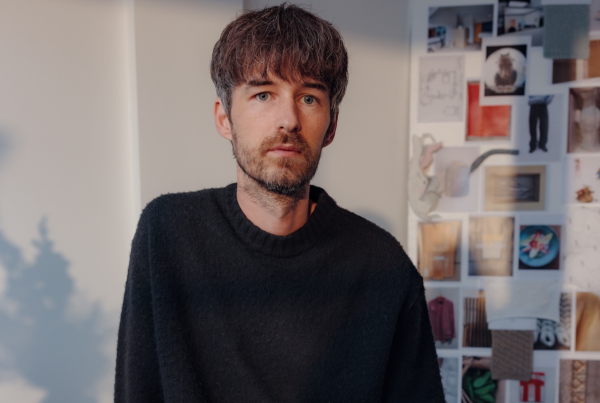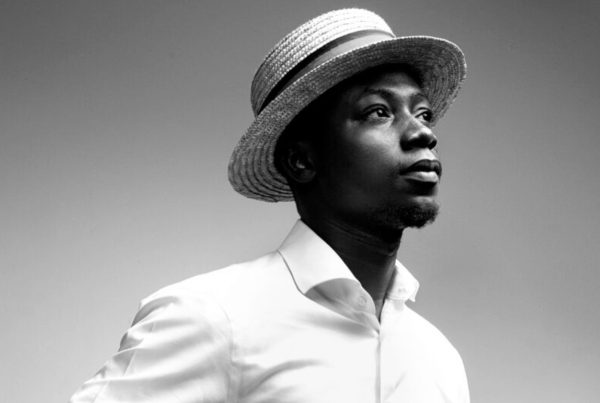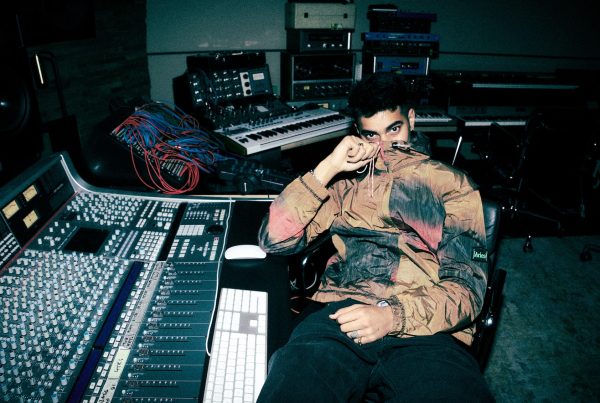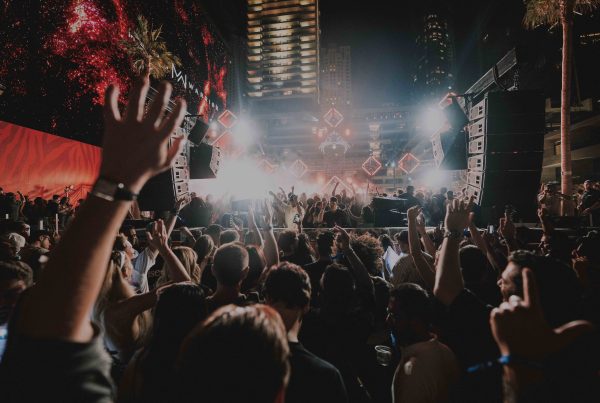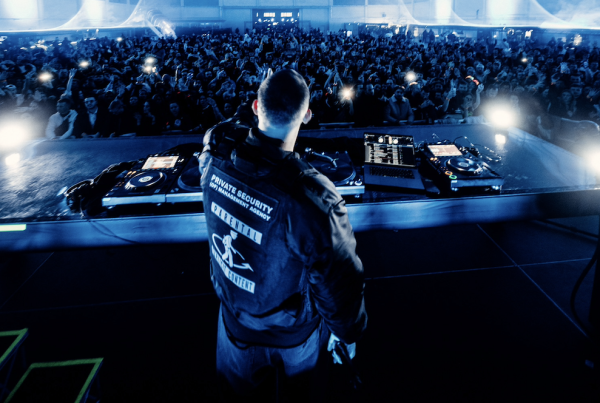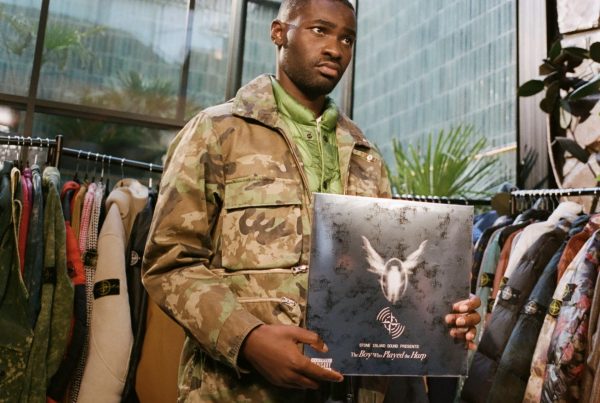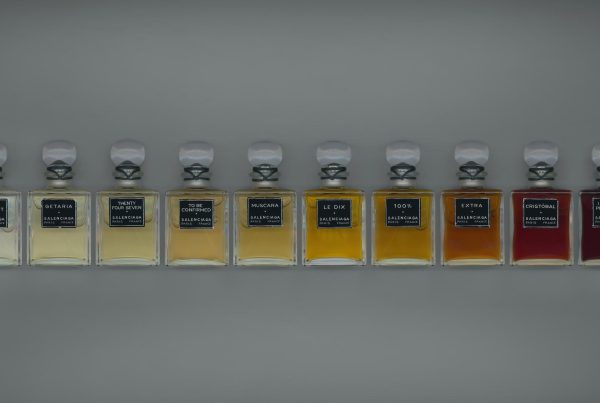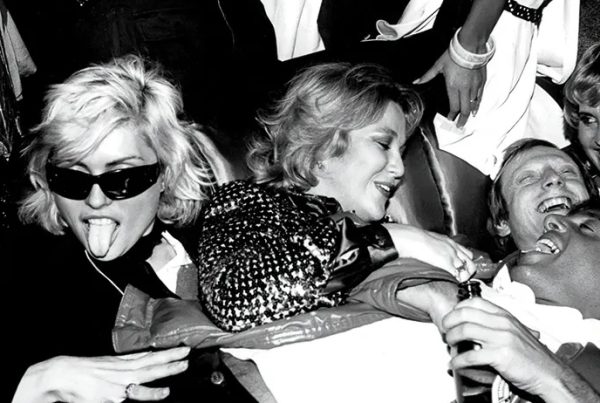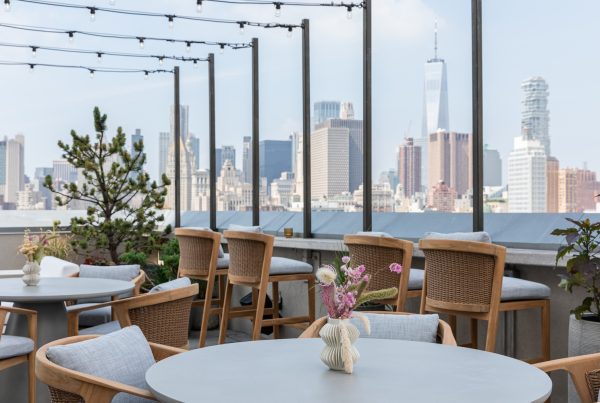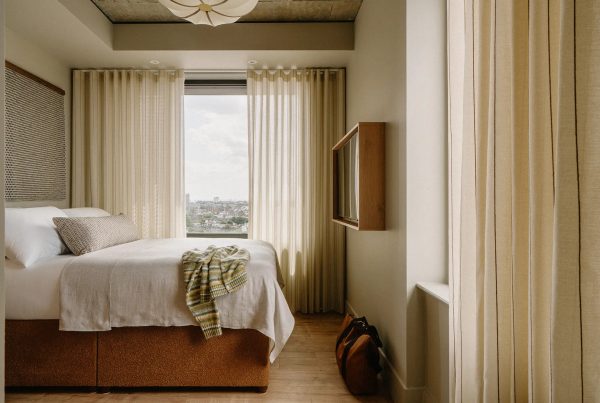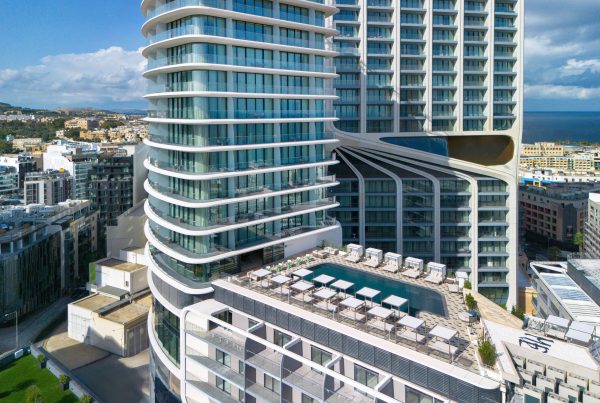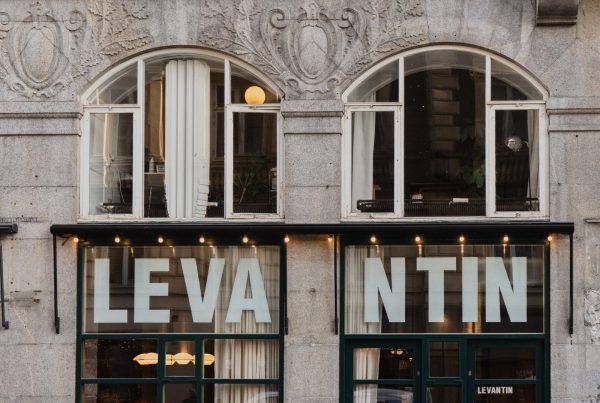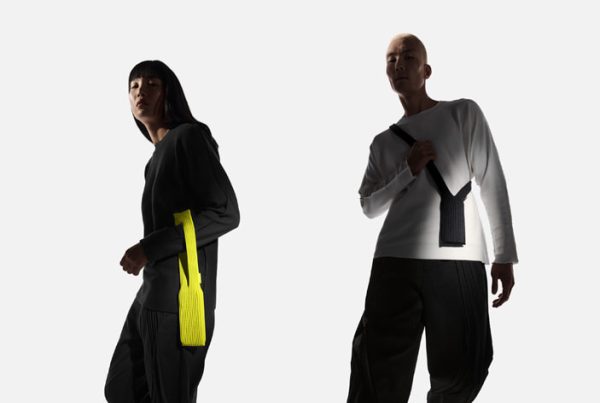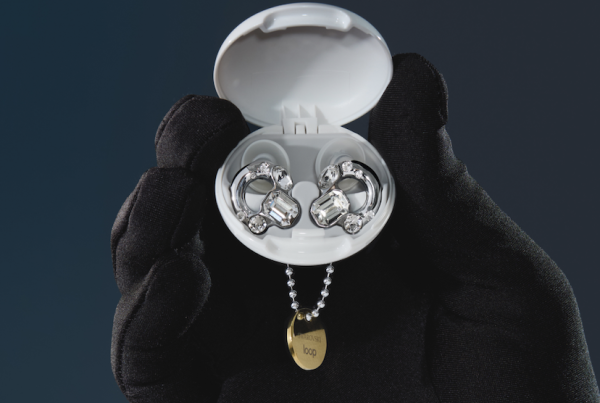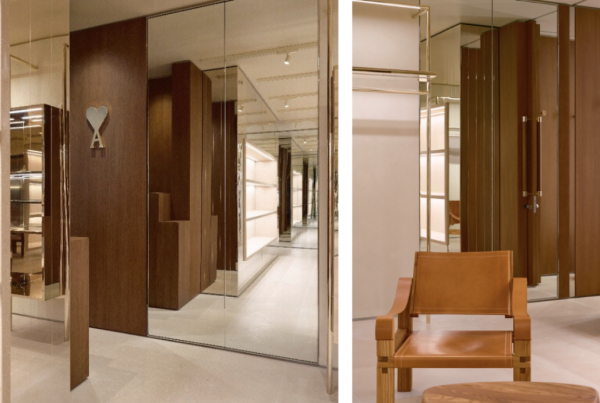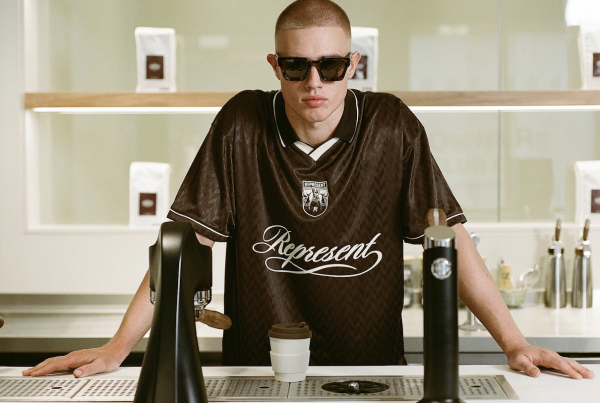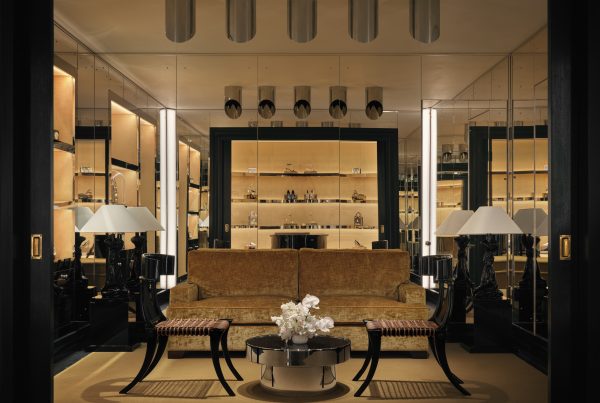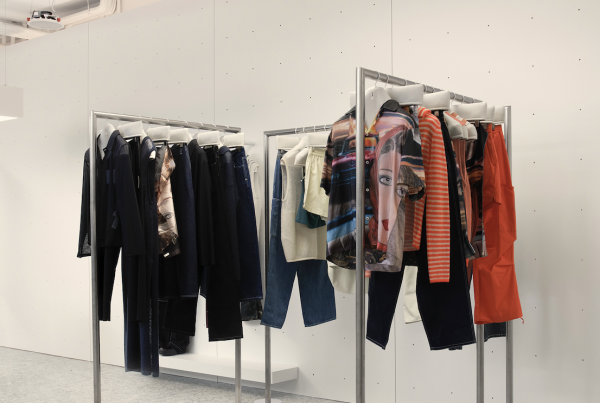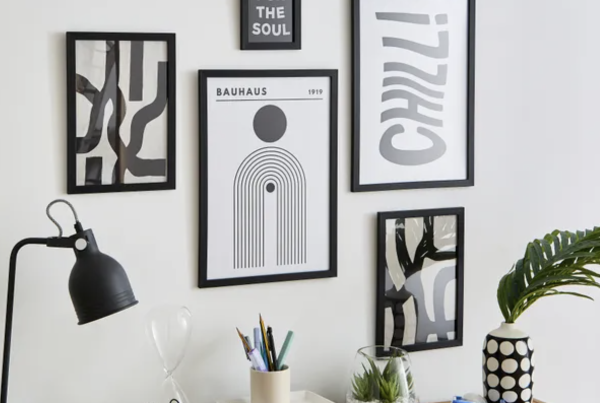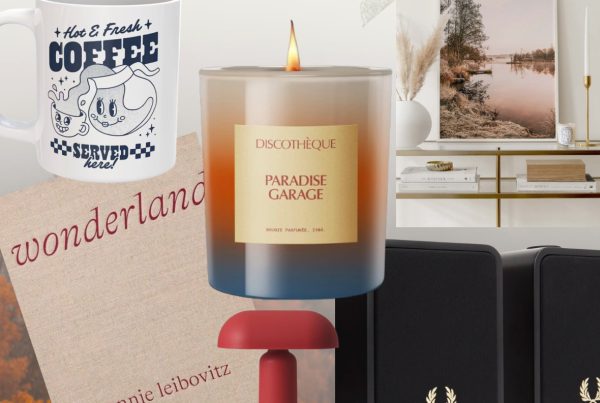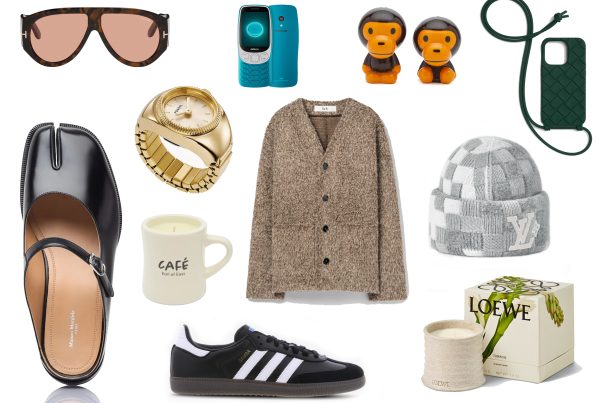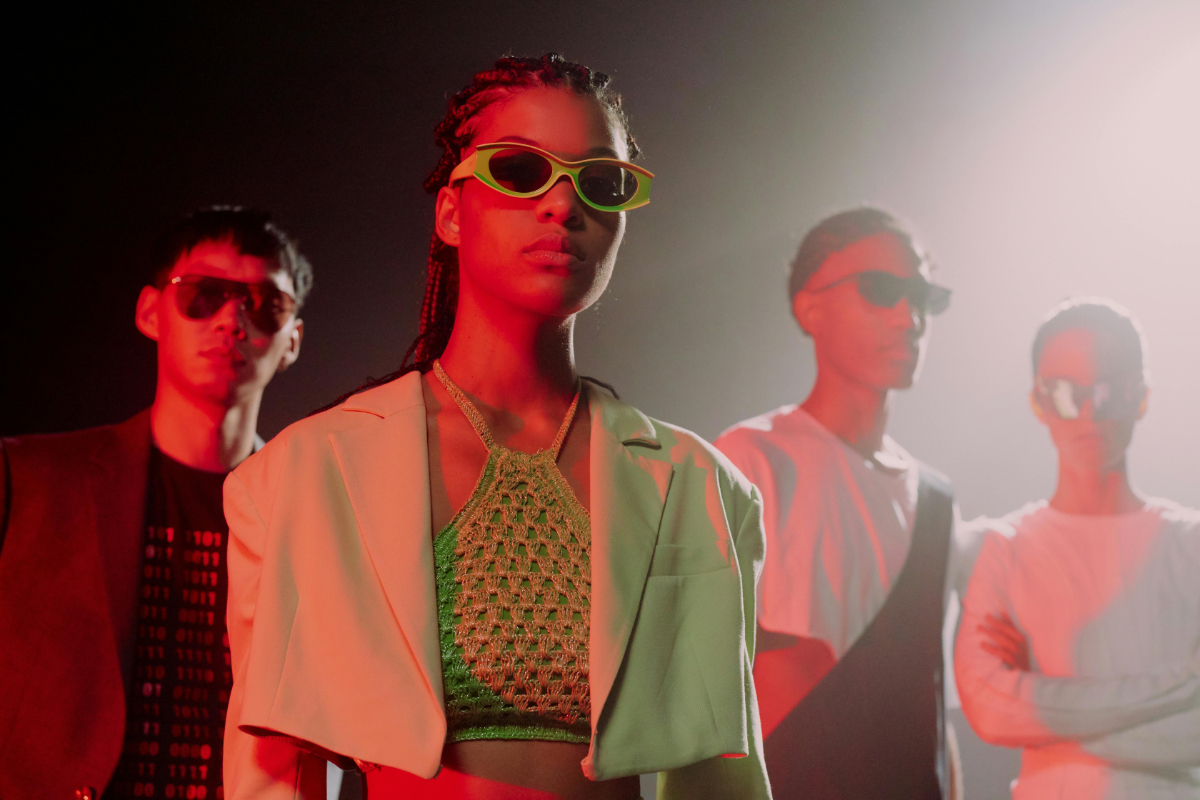
In an era defined by drops, hype cycles and shrinking attention spans, LML Clothing by Halfwait has taken the long way round.
Founded by Australian musician and creative director Jonathan Barca, the label sits at the intersection of streetwear, music and cultural storytelling.
It does not compete on noise. It competes on clarity, a minimalist design language, a wholesale-first operating model, and a narrative spine that traces back to Barca’s band, Halfwait, and the mantra that became the brand’s name Live My Life.
This is not a nostalgia project or a merch line with lofty aims.
LML behaves like a considered studio.
Each decision, from fabric selection to capsule sequencing to how the brand engages retailers is shaped by a simple brief, make the work honest, make it durable, and make sure it belongs in a broader cultural rhythm.
The Origin Story, Minus the Myth
The foundation is straightforward.
Barca, frontman and guitarist of the alt-rock band Halfwait, carried the DIY principles of independent touring into design.
“Live My Life” began as a song title and turned into a working philosophy, self-direction over spectacle, substance over velocity.
When the band paused shows, Barca redirected the same energy writing, editing, refining into pattern cutting, sampling and a tighter visual world.
The result was LML Clothing by Halfwait, launched in 2022 in Sydney with early capsules that read like demos, limited runs, clean lines, precise choices.
Rather than chase direct-to-consumer virality, the brand set its sights on wholesale partnerships and controlled distribution.
The thinking was practical. Retailers need consistency and a product story that stands up on the shop floor. LML’s narrative music as structure, minimalism as language, sustainability as baseline responsibility, gave buyers something to work with beyond logos and slogans.
A Design Language That Keeps Its Volume Low
LML’s aesthetic is deliberately quiet.
Core silhouettes hoodies, crew sweats, tees, cargos and refined denim, are cut with enough room to move, built from weighty fabrics, and finished with considered details.
Colour remains restrained black, off-white, grey, earth tones. Graphics, when they appear, act as punctuation rather than the sentence. The goal is not to remove personality but to avoid shouting.
Pieces are meant to live with you, not above you.
The brand calls this “quiet integrity”.
It maps closely to the physics of a live set, the space between notes, the control that makes an impact.
In practice that means fewer seasonal gimmicks, more attention to drape and handfeel, and a preference for garments that wear in rather than wear out.
The anti-hype stance is not a posture, it is a production choice.
Music as Framework, Not Decoration
Plenty of labels borrow from music.
LML is built on it.
The connection is structural, not cosmetic.
Songwriting processes mirror design processes: concept, composition, arrangement, delivery.
The brand’s campaigns are paced like setlists, its capsules feel like track sequences with a clear opening and close.
When LML Records entered the picture, it served as more than a soundtrack.
Releases operate as creative briefs for colour, mood and narrative.
Sound becomes a guide for material choices and visual systems.
The benefit is coherence. Fashion and music are treated as two expressions of the same intent, a way to communicate emotion with craft.
For audiences who found the brand through Halfwait, the products make familiar sense.
For newcomers, the music provides context without dictating taste.
Either way, the story holds.
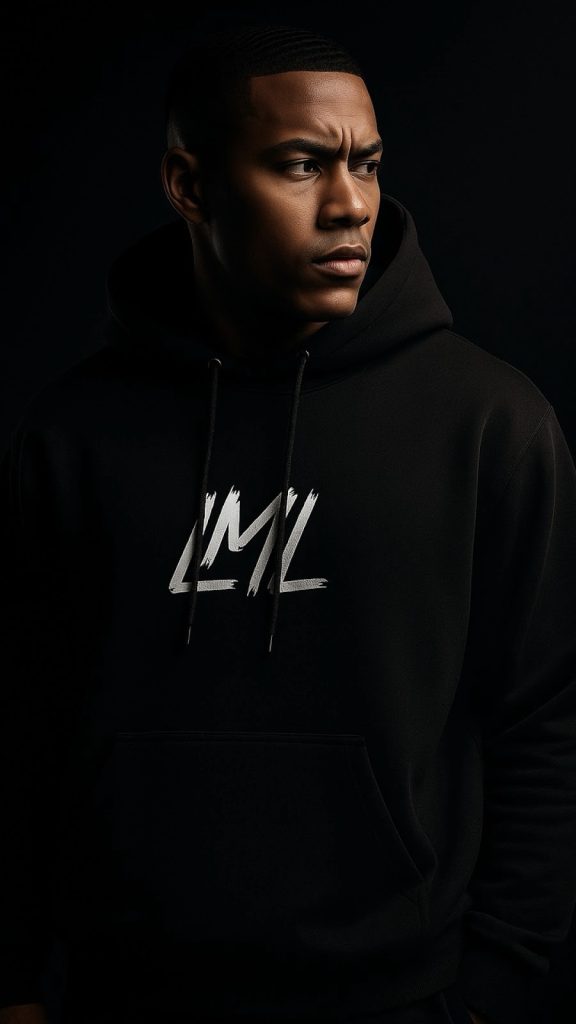
Sustainability Without the Sermon
LML approaches responsibility the way it approaches design, pared back, practical, consistent. The brand prioritises eco-textiles where viable, invests in durable constructions that reduce churn, and works with suppliers who meet ethical standards.
Small-batch production limits waste; recyclable packaging keeps the footprint sensible.
None of this is presented as a marketing twist.
It is presented as normal, the kind of baseline consumers should expect, and the kind of baseline a wholesale partner can explain to staff without a training deck.
Sustainability, in this model, is not a halo.
It is a constraint that shapes better decisions.
If a garment lasts longer and fits within a controlled supply story, it has already reduced impact and increased value.
That is the calculation LML prefers.
Wholesale First, Culture Always
One of the least discussed shifts in modern streetwear is operational.
Many labels still run D2C like a campaign machine, spike the chart, disappear, repeat. LML made a different bet.
By positioning as a direct-to-retail partner, the brand removed layers of distribution and kept the conversation close sampling, MOQ planning, size-curve logic, replenishment windows, and pre-pack strategies tuned to each store’s reality.
For buyers, the upside is speed and trust.
For the brand, it is a feedback loop that improves the product where it matters in fitting rooms and on pavements.
This wholesale-first stance also pairs neatly with the music framework.
A new capsule can land alongside a record drop, giving shop floors an actual story to tell.
Window displays read like album covers, rails become tracklists.
Retail turns from inventory to installation.
Culture as an Everyday Practice
Brands often speak about community, LML frames it as continuity.
Every release, collaboration, and creative moment contributes to an ongoing cultural narrative that links fashion, music, and sustainability in a way that feels natural rather than staged.
The focus is on consistency, a steady rhythm that connects each chapter of the brand’s story without forcing attention.
That approach has become part of LML’s identity: a calm, disciplined presence that values craft and intent over spectacle.
The brand moves with deliberation, allowing its work to speak for itself and inviting audiences to engage with it on their own terms. Over time, that rhythm builds credibility.
It also reinforces a standard one defined by authenticity, longevity, and purpose rather than constant reinvention.
The Emotional Through-Line
Minimalism can be mistaken for detachment.
Here it reads as focus.
The emotional core of LML remains close to the stage not the spectacle but the concentration before lights up tuning the guitar, counting in, deciding what to leave out.
That sensibility gives the clothes their use-case clarity.
They are built to be worn, not archived.
They feel as if they belong to the moments between events rather than the events themselves travel days, writing sessions, last-minute sound checks, early morning walks.
Understatement becomes a style because it is also a way of working.
Why This Matters Now
Streetwear has consolidated.
The mega-brands have scale, micro-labels have novelty.
The middle is hard to hold unless you stand for something beyond graphics. LML’s answer is to make culture the method, not the outcome.
By keeping the feedback loop tight music to design to retail to community and back the brand avoids fatigue.
The pieces do not need a calendar spike to be relevant.
They need context, and LML supplies it steadily.
For retailers, that reliability is currency.
For customers, it translates as trust.
For the broader scene, it is a reminder that independence can still mean infrastructure, that a label can be small and rigorous, present and measured.
What Comes Next
The obvious move would be to grow louder.
LML seems intent on staying precise, expanding its wholesale network selectively, refining the footwear line where it strengthens the core wardrobe, and continuing to pair fashion drops with music releases that add shape rather than spectacle. Expect more of the same in the best way.
More restraint, more discipline, more work that earns its place by how it’s made and how it wears.
There is a quiet confidence in the project.
It does not promise reinvention each season.
It promises continuity.
In a market that burns through ideas, that can feel radical.
The Takeaway
LML Clothing by Halfwait is not trying to win the volume war.
It is building something else, a coherent cultural practice that treats streetwear as a long-form conversation.
The clothes are clean and usable.
The operations make sense to the people who buy them in bulk.
The narrative is anchored by music without relying on nostalgia or celebrity.
The sustainability work is the baseline, not the banner.
And the brand’s voice remains low, even as its footprint grows.
Minimalism here is not a look. It is a contract.
Fewer moving parts, fewer empty claims, fewer compromises.
More intention, more craft, more reasons to keep a piece for years.
That is the promise.
That is the project.
For those tired of the churn, it is also a relief, proof that streetwear can still slow its pulse, find its form, and say more by saying less.



